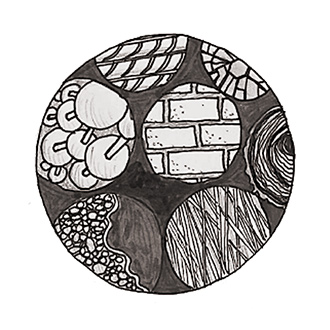
Related Questions
- Why do plastics get brittle when they get cold?
- What makes wood rot so slowly?
- Is there a way to check a building for structural damage without knocking down walls?
- Why doesn’t a plain, white piece of paper reflect light, but a mirror does?
- Can we safely burn used plastic objects in a domestic fireplace?
- Does hot water freeze faster than cold water?
- Why does structural behavior change in different types of soil?
- Are there materials that can absorb heat without becoming hot?
- How does a match burn in a spacecraft?
- What are the basic forces behind tape and glue?
What’s the difference between premium-grade and regular gasoline?
Premium gas has a higher octane rating that may — or may not — make it a good choice for your engine…
By Peter DunnWith slight variations — depending on the crude oil and the refining and blending processes used in production — all gasoline grades contain the same amount of chemical energy. When combusted, premium (high-octane) gasoline and the less-expensive (and less-glamorous) regular, and all grades in between, provide the same amount of thermal energy, or heat, which an engine uses to generate the mechanical power that moves a vehicle.
There is, however, another aspect to this question, notes Ahmed Ghoniem, the Ronald C. Crane Professor of Mechanical Engineering at MIT: How much of that raw heat energy can the engine actually convert into mechanical energy? “One can argue that using high-octane fuels in the right engine ultimately leads to more mechanical power from the same amount of fuel,” he says.
In other words, higher-octane fuel confers an advantage in some cars, but not others. It allows performance-oriented engines (specifically, those with higher compression ratios) to burn gasoline at higher pressures and higher temperatures. These conditions at the moment of combustion create better thermodynamic efficiency, so a greater percentage of the gasoline’s heat energy gets converted into motive power.
Octane rating is a measure of grace under pressure: how evenly a gasoline will burn under difficult conditions, like hard acceleration. Ideally, the vaporized gasoline inside an engine’s cylinder burns by the propagation of a wave of flame, ignited by the cylinder’s spark plug. This allows a smooth transfer of power to the engine’s crankshaft and the car’s wheels. But at higher pressures or temperatures, small pockets of gasoline vapor can prematurely explode, or self-ignite, creating a distinctive “knocking” sound, as well as potentially destructive shock waves.
Gasoline with a higher octane rating does not self-ignite easily, and burns more evenly than lower-octane fuel under harsh conditions, resisting detonation and knocking. Modern engines, with electronic sensors and controls, are very good at preventing detonation of lower-octane gas (this is why drivers no longer hear much knocking). But high-octane fuel is still specified when designers want to achieve better acceleration and power output, and when they are willing to accept a slightly bulkier and heavier engine with higher operating costs.